-
×
 Cost Reducing Strategies and Techniques By Daniel Pereira - The Business Model Analyst
1 × $5,00
Cost Reducing Strategies and Techniques By Daniel Pereira - The Business Model Analyst
1 × $5,00 -
×
 Foundr - All Courses Bundle
1 × $23,00
Foundr - All Courses Bundle
1 × $23,00 -
×
 DTD Credit Mentorship E-Course By Dion Coopwood
1 × $23,00
DTD Credit Mentorship E-Course By Dion Coopwood
1 × $23,00 -
×
 Blender 3.0 Master Class for Product Photographers & Designers (From Absolute Beginner to Pro) By Wenbo Zhao
1 × $23,00
Blender 3.0 Master Class for Product Photographers & Designers (From Absolute Beginner to Pro) By Wenbo Zhao
1 × $23,00 -
×
 Access Ancient Soul Wisdom - Past Lives Course 2 By Akashic Knowing
1 × $85,00
Access Ancient Soul Wisdom - Past Lives Course 2 By Akashic Knowing
1 × $85,00 -
×
 Freedom By Peter Crone
1 × $39,00
Freedom By Peter Crone
1 × $39,00 -
×
 Conscious Cashflow Triad By Jesse Elder
1 × $101,00
Conscious Cashflow Triad By Jesse Elder
1 × $101,00 -
×
 Corporate Restructuring By Wall Street Prep
1 × $85,00
Corporate Restructuring By Wall Street Prep
1 × $85,00 -
×
 Flipper University - Pro Flipper PLUS Package (Beg, Intermediate, Freight) By Flea Market Flipper
1 × $209,00
Flipper University - Pro Flipper PLUS Package (Beg, Intermediate, Freight) By Flea Market Flipper
1 × $209,00 -
×
 The Certified Physical Preparation Specialist Level 1 Premium (CPPS) By CPPS Academy
1 × $139,00
The Certified Physical Preparation Specialist Level 1 Premium (CPPS) By CPPS Academy
1 × $139,00 -
×
 Alcohol Ink on Canvas Course By Jenna Webbart
1 × $46,00
Alcohol Ink on Canvas Course By Jenna Webbart
1 × $46,00 -
×
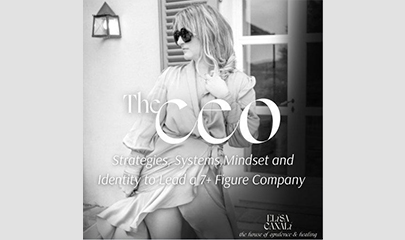 The CEO Masterclass Replay By Elisa Canali
1 × $15,00
The CEO Masterclass Replay By Elisa Canali
1 × $15,00 -
×
 The Cash Flow Masterclass By Oana Labes
1 × $62,00
The Cash Flow Masterclass By Oana Labes
1 × $62,00 -
×
 Mobile Game Development with Unity 3D By Stone River eLearning
1 × $6,00
Mobile Game Development with Unity 3D By Stone River eLearning
1 × $6,00 -
×
 A14 Weekly Options Strategy Workshop 2023 By Amy Meissner - Aeromir
1 × $23,00
A14 Weekly Options Strategy Workshop 2023 By Amy Meissner - Aeromir
1 × $23,00 -
×
 Opthink By Everyday Spy
1 × $69,00
Opthink By Everyday Spy
1 × $69,00 -
×
 Quantum Awakening By Roy Martina
1 × $124,00
Quantum Awakening By Roy Martina
1 × $124,00 -
×
 Speed Seduction Powerpack Gold Walkup By Ross Jeffries
1 × $23,00
Speed Seduction Powerpack Gold Walkup By Ross Jeffries
1 × $23,00 -
×
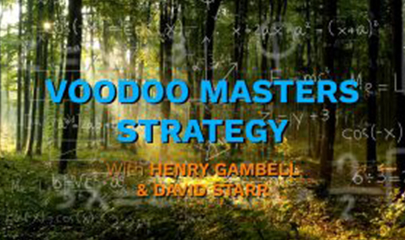 Voodoo Masters Strategy ELITE By David Starr & Henry Gambell - Simpler Trading
1 × $23,00
Voodoo Masters Strategy ELITE By David Starr & Henry Gambell - Simpler Trading
1 × $23,00 -
×
 Vintage Dressing Blind 3D Model by PRO EDU
1 × $8,00
Vintage Dressing Blind 3D Model by PRO EDU
1 × $8,00 -
×
 The Power of Boldness 2023 By Naveen Jain - MindValley
1 × $6,00
The Power of Boldness 2023 By Naveen Jain - MindValley
1 × $6,00 -
×
 A History of British India By Hayden Bellenoit
1 × $5,00
A History of British India By Hayden Bellenoit
1 × $5,00 -
×
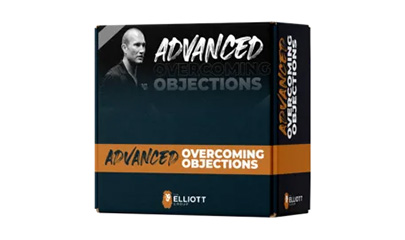 Advanced Overcoming Objections By Andy Elliott
1 × $69,00
Advanced Overcoming Objections By Andy Elliott
1 × $69,00 -
×
 Product Marketing Bootcamp By Melinda Chung
1 × $85,00
Product Marketing Bootcamp By Melinda Chung
1 × $85,00 -
×
 SEO Case Study Database 2023: Identify and validate opportunities in minutes By Adam Gent
1 × $21,00
SEO Case Study Database 2023: Identify and validate opportunities in minutes By Adam Gent
1 × $21,00 -
×
 ALA All In DIY 800 Plus Credit Restoration Bundle By Myala - American Legacy Association
1 × $101,00
ALA All In DIY 800 Plus Credit Restoration Bundle By Myala - American Legacy Association
1 × $101,00 -
×
 Getting Started with Watercolor & Gouache Paints By Mary Jane Begin
1 × $5,00
Getting Started with Watercolor & Gouache Paints By Mary Jane Begin
1 × $5,00 -
×
 The Art Of Strategic Freelance Consulting By Paul Millerd
1 × $39,00
The Art Of Strategic Freelance Consulting By Paul Millerd
1 × $39,00 -
×
 Demo Reel Dash by Ryan Summers
1 × $78,00
Demo Reel Dash by Ryan Summers
1 × $78,00
The History of Christianity: From the Disciples to the Dawn of the Reformation By Luke Timothy Johnson
$239,00 $5,00
SKU: KOB.52971J3wLPu
Category: Science
Tags: From the Disciples to the Dawn of the Reformation, Luke Timothy Johnson, The History of Christianity
Review of the History of Christianity: From the Disciples to the Dawn of the Reformation – Instant Download!
Let’s embark on a captivating adventure to uncover remarkable insights that spark your curiosity and elevate your understanding
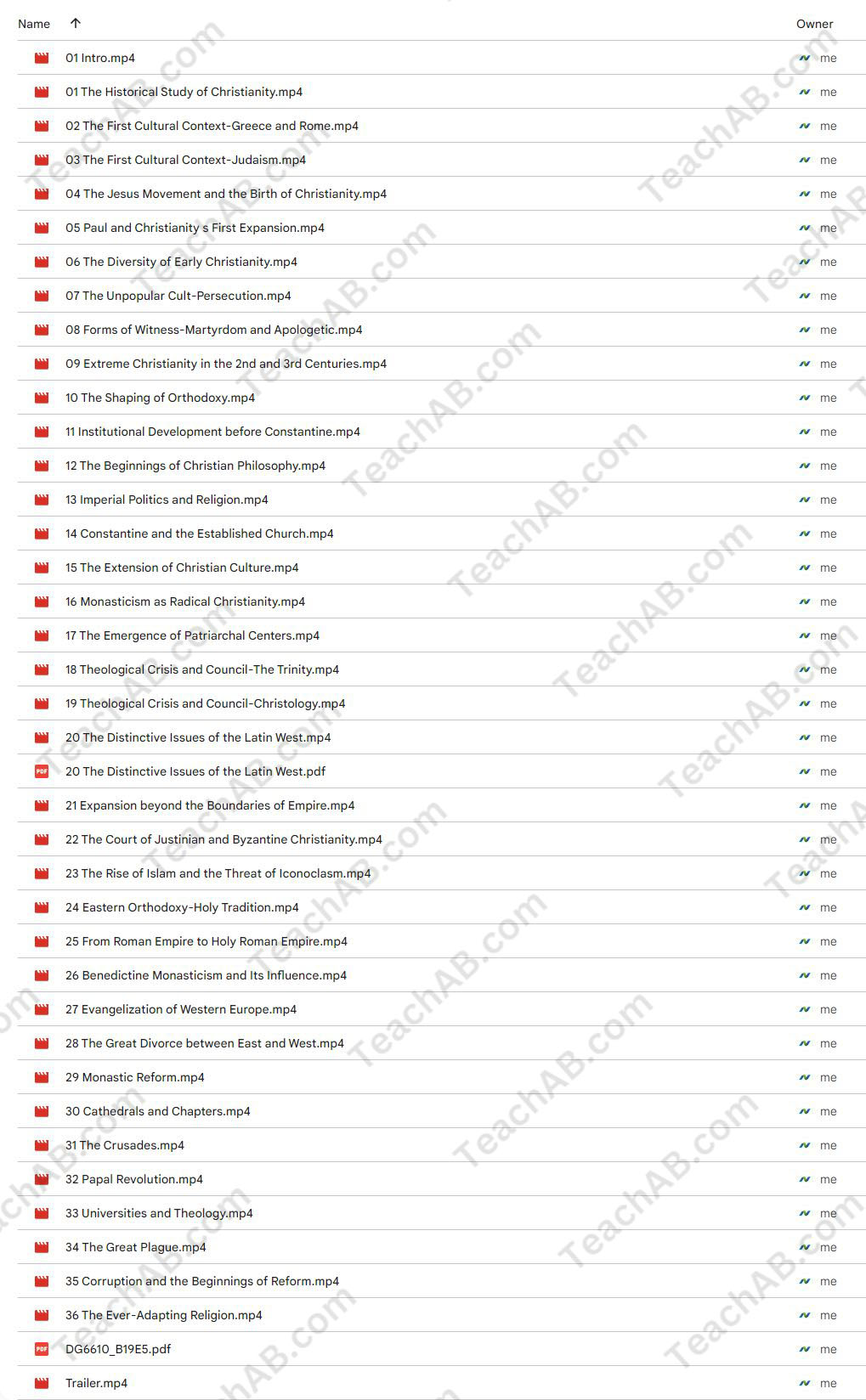
The History of Christianity: From the Disciples to the Dawn of the Reformation By Luke Timothy Johnson
Overview
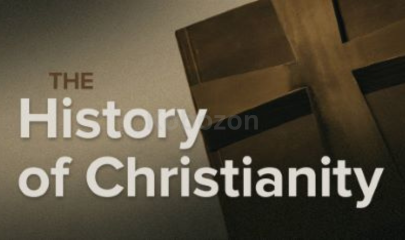
Review of the History of Christianity: From the Disciples to the Dawn of the Reformation
The exploration of Christianity’s historical development is akin to peeling back layers of a richly complex onion, where each layer reveals new insights into faith, culture, and societal change. Luke Timothy Johnson’s scholarly work, “Review of the History of Christianity: From the Disciples to the Dawn of the Reformation,” serves as a critical lens through which readers can glean a deeper understanding of Christianity’s evolution from its nascent days to the Reformation, marking a transformative chapter in Western history. This comprehensive overview provides a look at key figures, events, and theological shifts that have not only shaped Christianity but have also left an indelible mark upon the world. In this review, we shall explore the key themes of Johnson’s work, delving deep into the intricacies of early Christian communities, the varying beliefs that colored the faith, and the ecclesiastical structures that emerged during this tumultuous period.
The Early Church
In the opening chapters, Johnson meticulously delineates the formation of the early Christian community, particularly after the resurrection of Jesus Christ. Much like a tree taking root, the apostles spread their branches of faith throughout the Roman Empire, creating a network of believers who would come to represent a diverse tapestry of theological beliefs and practices.
The Role of Apostles
The apostles, the original disciples of Jesus, acted as the fulcrum around which early Christianity pivoted. They were charged with the enormous task of disseminating the teachings of Jesus, performing miracles, and leading communities in worship. Johnson effectively illustrates the struggles they faced, akin to shepherds guiding their flock through treacherous terrain. As they ventured into uncharted territories, they encountered various cultural contexts, which influenced how they communicated the gospel.
Spread of Christianity
The early church’s expansion across the Roman Empire is another focal point of Johnson’s work. Christianity started as a small, marginalized sect in Judea, yet by the end of the first century, it had grown rapidly. Notably, Johnson highlights the importance of Roman roads and trade routes, which acted as arteries for spreading the faith. Johnson paints an evocative picture of how early Christians navigated both welcoming and hostile territories, transforming the landscape of belief systems in their wake.
Diverse Early Christianity
The early Christian community was not monolithic; rather, it resembled a kaleidoscope of beliefs and practices. Johnson dedicates substantial attention to exploring the diversity within early Christianity a tapestry woven from various threads reflecting theological debates and the emergence of sects.
Theological Debates
In the evolving world of early Christianity, doctrinal differences sparked heated theological debates. These debates, akin to a lively marketplace discussion, often revolved around key issues such as the nature of Christ and the concept of the Trinity. Johnson brings to life the intensity of these discussions, showcasing how they not only showcased the fervor of faith but also underscored a struggle for identity and cohesion in a burgeoning religion.
Emergence of Sects
As the conversation deepened, so too did the divisions. Various sects emerged, each claiming a distinct understanding of Jesus’ teachings. Gnosticism, Arianism, and other movements are explored, revealing how the struggle for orthodoxy led to a fractious but dynamic environment. Johnson’s analysis suggests that rather than viewing these divisions solely as tragedies, one might see them as necessary evolutions within a growing faith a landscape that was both fertile and fallow.
Church Authority and Structure
As early Christianity matured, the need for centralized authority grew increasingly apparent. Johnson scrutinizes the development of church leadership structures, highlighting the nascent roles of bishops, elders, and deacons.
Evolution of Leadership
The roles of bishops emerged as significant during this period, paralleling the rise of centralized governance within the Roman Empire. Johnson likens the bishops to stewards of a vast estate, tasked with nurturing the spiritual wellbeing of their flocks. Their decisions regarding doctrine and practice deeply influenced local congregations and the broader church.
Establishment of Ecclesiastical Authority
Johnson also delves into the gradual establishment of ecclesiastical authority as a means to maintain unity and orthodoxy amidst a sea of theological dissent. The emergence of councils, such as the Council of Nicaea, marks pivotal moments in this development. Here, bishops convened to resolve disputes and solidify doctrines, echoing the legislative assemblies of the Roman Senate. These gatherings sought to ensure that the essential truths of Christianity were safeguarded against the encroaching tides of heresy.
Theological Developments
The theological landscape of early Christianity was rife with complex discussions and debates. Johnson meticulously outlines key controversies, illustrating how they shaped the foundations of Christian doctrine.
Key Controversies
Among the most significant theological controversies were debates regarding the nature of Christ and the concept of the Trinity. Johnson sheds light on how early church leaders grappled with understanding the relationship between Christ’s divine and human natures a conundrum that echoed like a profound riddle through the corridors of faith.
Influence on Doctrine
These discussions ultimately bore fruit in the formulation of critical doctrines that would define Christianity for centuries. Through careful analysis, Johnson highlights how doctrinal decisions made in these formative years would resonate well into the future, influencing not only religious thought but also social and cultural dynamics within Christendom.
The Role of the Roman Empire
The interplay between Christianity and the Roman Empire is another salient theme in Johnson’s work. The narrative recounts a journey that shifted from persecution to endorsement, impacting the religion profoundly.
Early Persecutions
Initially, Christians faced severe persecution under Roman rule, likened to a small boat battling tumultuous waves in an unrelenting storm. Martyrs emerged, embodying unwavering faith in the face of death. Johnson evokes a poignant sense of the sacrifice endured by early believers, who lost their lives for their convictions.
Adoption as State Religion
However, the tides turned dramatically under Emperor Constantine. Johnson explores the significant moment when Christianity transitioned from a persecuted sect to the state religion of the Roman Empire. This monumental shift parallels the transformation of a once-fragile flame into a robust fire, signaling a new era for Christianity. Johnson emphasizes the myriad implications of this transition, from the consolidation of power to the complexities of faith in a politicized context.
The Medieval Church
As the early church evolved into the medieval institution, Johnson analyzes the transition that set the stage for a myriad of changes within Christianity itself.
Rise of Monasticism
One key development during this period was the rise of monasticism. Monasteries became sanctuaries of learning and spiritual practice, where monks dedicated their lives to prayer, labor, and scholarship. Johnson’s descriptions resonate deeply, evoking the serene images of tranquil cloisters where contemplation thrived.
Influence of Church Fathers
The trailblazing church fathers, such as Augustine and Jerome, also played pivotal roles in shaping medieval theology. Their writings constituted a bridge connecting early Christian thought with the medieval mindset. Johnson articulates how their ideas forged a framework that would guide believers and theologians alike, fostering a profound sense of continuity amidst ongoing change.
Prelude to the Reformation
As the work draws to its conclusion, Johnson meticulously details the factors that paved the way for the Protestant Reformation, a seismic event that would forever alter the landscape of Christianity.
Corruption within the Church
Corruption within the medieval church became increasingly apparent, serving as a catalyst for reform. Johnson chronicles the practices that led to widespread disillusionment among the laity and initiated a longing for authentic faith. The indulgences and excesses of the clergy became focal points of dissent, mirroring the rotting fruit of a once-vibrant tree.
Rise of Humanism and Calls for Reform
The rise of humanism during the Renaissance also played a significant role in shaping the Reformation’s trajectory. In this climate, calls for reform resonated louder, echoing through the corridors of power and piety. Johnson emphasizes that the confluence of these forces eventually ignited the flame of reformation, leading to a division that would reshape Christianity into the diverse belief system it is today.
Conclusion
As one reflects on Johnson’s exhaustive exploration of Christianity’s evolution, it becomes evident that this history is not merely a chronicle of events but a living narrative of faith, struggle, and transformation. His work invites readers to engage with the complexities of Christian history, understanding that each era begets its questions, challenges, and convictions. This scholarly endeavor stands as an essential resource for anyone seeking to grasp the profound intricacies of Christianity’s development from the humble beginnings of the disciples to the dawn of the Reformation, each layer revealing deeper truths about humanity’s quest for meaning and understanding in the divine.
Frequently Asked Questions:
Innovation in Business Models: We use a group purchase approach that enables users to split expenses and get discounted access to well-liked courses. Despite worries regarding distribution strategies from content creators, this strategy helps people with low incomes.
Legal Aspects to Take into Account: Our operations’ legality entails several intricate considerations. There are no explicit resale restrictions mentioned at the time of purchase, even though we do not have the course developers’ express consent to redistribute their content. This uncertainty gives us the chance to offer reasonably priced instructional materials.
Quality Control: We make certain that every course resource we buy is the exact same as what the authors themselves provide. It’s crucial to realize, nevertheless, that we are not authorized suppliers. Therefore, the following are not included in our offerings: – Live coaching sessions or calls with the course author.
– Entry to groups or portals that are only available to authors.
– Participation in closed forums.
– Straightforward email assistance from the writer or their group.
Our goal is to lower the barrier to education by providing these courses on our own, without the official channels’ premium services. We value your comprehension of our distinct methodology.
Be the first to review “The History of Christianity: From the Disciples to the Dawn of the Reformation By Luke Timothy Johnson” Cancel reply
You must be logged in to post a review.

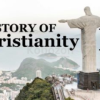




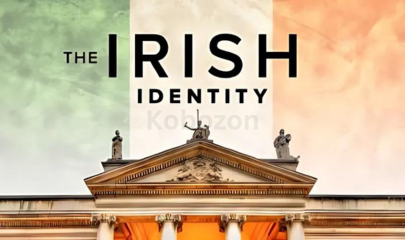




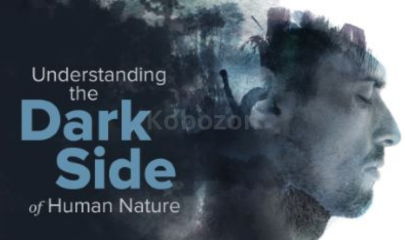


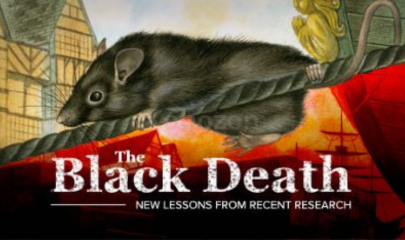



Reviews
There are no reviews yet.